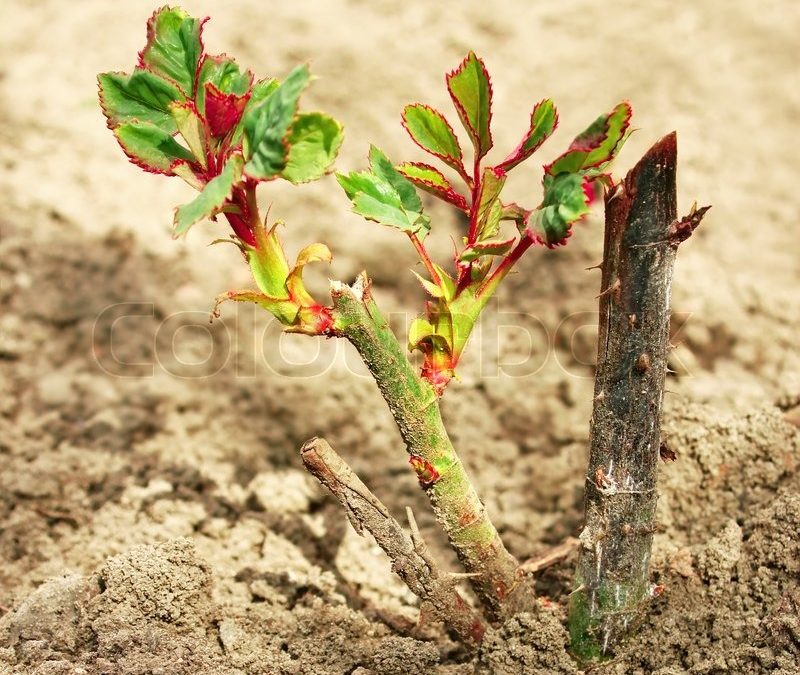March can be the time to start pruning. We need to wait until the chance of hard freezes are past, which can be as early as mid March but watch the weather for warnings of a late freeze. Keep these objectives in mind as you prune.
1. Remove dead or diseased branches and canes. Most of this can be done in advance of regular pruning.
2. Remove canes that have begun to decline. Look to the branches coming from the cane. If they are vigorous, long and clean, the cane is still a good one. If not, take it out at the bud union. Sometimes a cane is old after one or two years: sometimes it is still productive after scaly bark was formed. Removal of unproductive canes results in strong new basils that renew the vigor of the bush.
3. Remove freeze-damaged wood; check the pith and if it is discolored cut lower, even if it means going to the bud union. Often the branches or canes will appear healthy in spite of the discolored pith and indeed they often will go ahead and bloom more or less normally, then die back in the stress of summer’s heat.
4. Control the size of the bush. In our climate, with good cultivation, bushes can get out of hand. Many of us like large bushes on the theory that a big bush will produce more roses than a little one, but they can only outgrow the allotted space and can get too tall to tend properly.
5. Remove one crossing cane where two can damage each other.
6. Shape the bush. There are two things to consider here and most important is to try to give each branch a chance to take advantage of the available space and light. The other reason is aesthetic and that probably is least important from the standpoint of the health of the bush. The beautiful vase-shape illustrated in the pruning books is nice and if it can be accomplished after the other objectives are accomplished, fine.
7. After your pruning you need to cleanup your rose bed and remove any “trash” from it that might harbor insects or disease.
8. It is time for the first feeding also. Decide upon a program for the year and make the first application. You should always water before fertilizing. You may need to pull back the mulch and spread the material and lightly work it into the soil. Water again following the feeding.
9. You may want to spray the ground for insects and fungus possibilities before replacing the mulch.
10. Add to your mulch and you will want to protect the bud union for another month until all chance of freezing is past.
11. It is time to start your regular spray program as the foliage begins to appear. It is important to spray weekly or
even more often as the new foliage appears. Your regular spraying should be for blackspot and only spray when you have insect problems. There are many beneficial insects that can help your roses. Don’t kill them!
12. We have had a wet couple of weeks, but have not recovered from the drought conditions. The forecast is for a below normal rainfall period during the spring. Make sure your roses are getting the necessary moisture they need. And one good weekly watering is better than a little dose daily.
13. If you do not see growth emerging from a rose, the winter weather may have gotten it. It will be time to shovel-prune it and prepare the bed for a new rose.
14. Enjoy the beauty as it comes!


Recent Comments